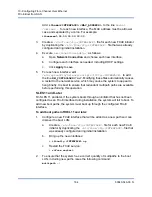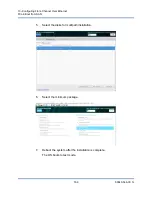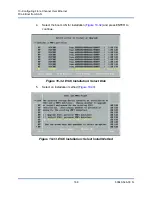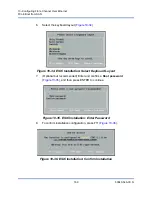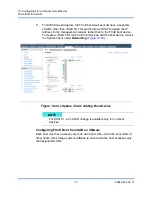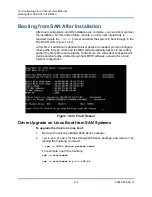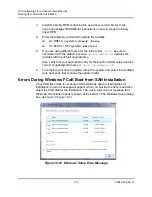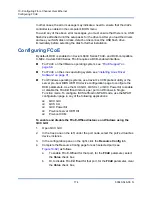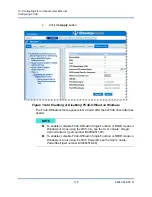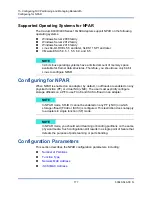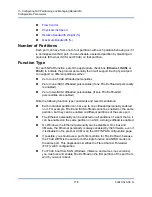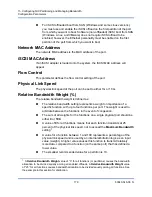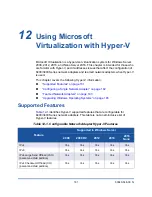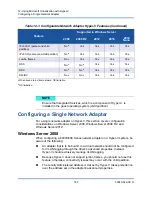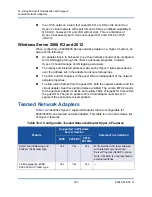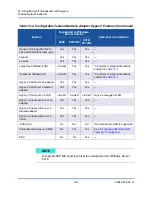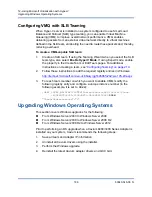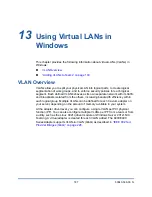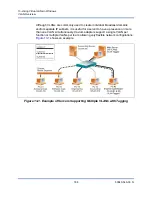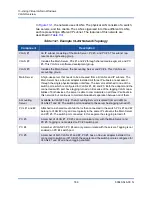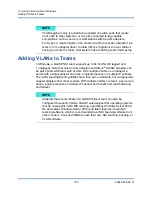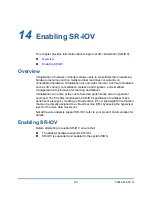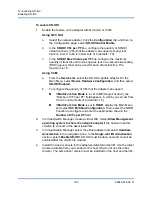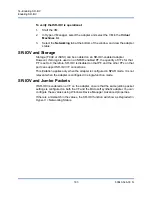
11–Configuring NIC Partitioning and Managing Bandwidth
Configuration Parameters
178
83840-546-00 N
Number of Partitions
Each port can have from one to four partitions with each partition behaving as if it
is an independent NIC port. You can disable a selected partition by disabling all
protocols (Ethernet, iSCSI, and FCoE) on that partition.
Function Type
For each NPAR function, select the appropriate check box (
Ethernet
,
iSCSI
, or
FCoE
) to indicate the protocol personality that it will support. Each physical port
can support on different partitions either:
Zero to one FCoE offloaded personalities
Zero to one iSCSI offloaded personalities (if one FCoE offloaded personality
is enabled)
Zero to two iSCSI offloaded personalities (if zero FCoE offloaded
personalities are enabled)
Note the following function type constraints and recommendations:
Each individual partition can have up to one offloaded personality enabled
on it. For example, FCoE and iSCSI offload cannot be enabled on the same
partition, but they can be enabled on different partitions of the same port.
The Ethernet personality can be enabled on all partitions of a port; that is, it
can be enabled on the same partition on which a storage offload is enabled.
On Windows, the Ethernet personality can be disabled. On Linux and
VMware, the Ethernet personalty is always enabled by the firmware, even if
it is disabled in the preboot CCM or on the UEFI NPAR configuration page.
If possible, you should use a port’s first partition for FCoE offload, because
the FCoE WWN is the same for both single function and NPAR modes on
the same port. This duplication simplifies the Fibre Channel Forwarder
(FCF) switch configuration.
For FCoE boot from SAN (Windows, VMware, and some Linux versions),
you must use and enable FCoE offload on the first partition of the port from
which you want to boot.

